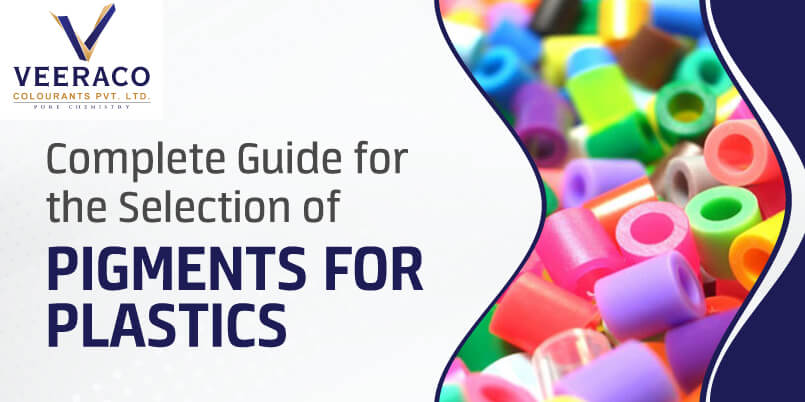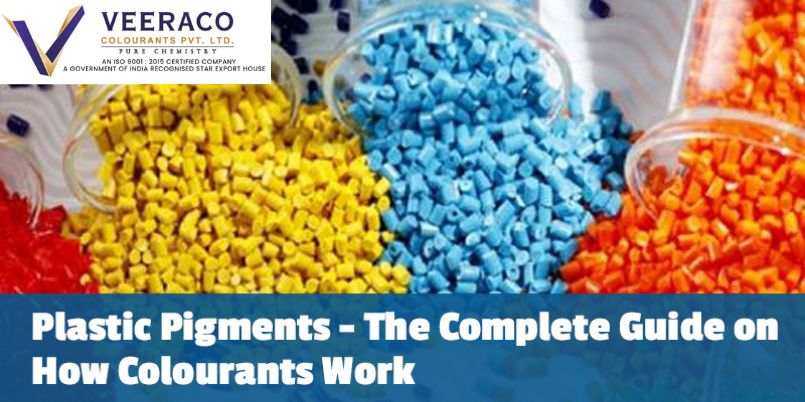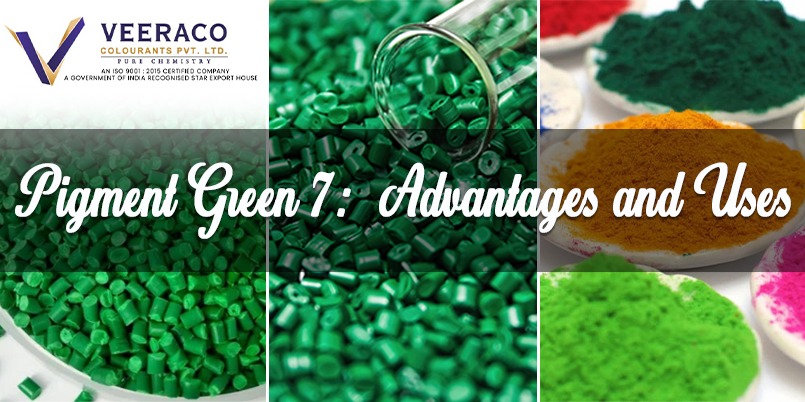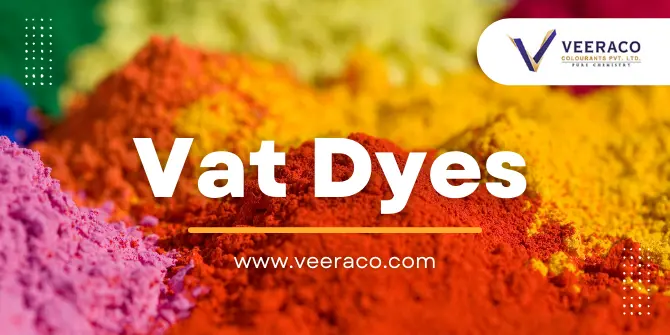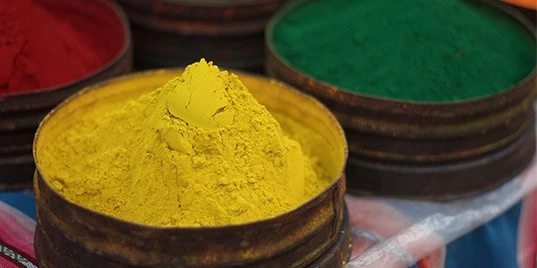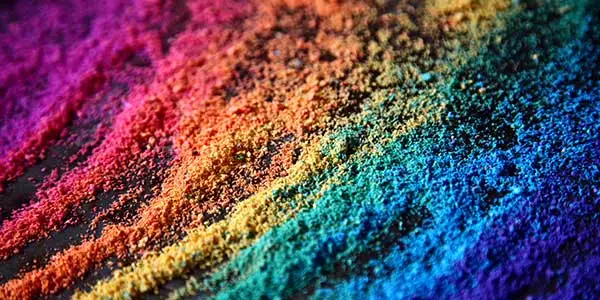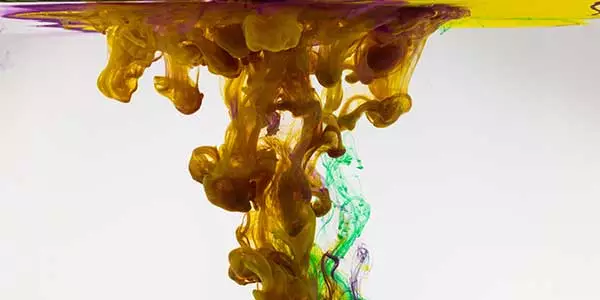According to ETAD, The Ecological and Toxicological Association of Dyes and Organic Pigment Manufacturers, dyes are colored or fluorescent organic substances that impart color to a substrate by selective absorption of light. They are soluble and undergo an application process that temporarily destroys any crystal structure by absorption, solution and mechanical retention or by ionic or covalent chemical bonds. Organic dyes are primarily used to impart color. They are usually applied for decorative or aesthetic color purposes, identification and more. The functioning of dyes initiates after dissolving them in an aqueous solution. Color dyes are also known as dyestuff suitable for varying applications.
The Fundamentals Of Dyes And Pigments
- Admin
- Jul 21, 2021

Types of Dyes
Dyes natural or synthetic are both frequently used in the industry. The type of dyes present in the marketplace include acid direct, vat, disperse, reactive, solvent, basic and sulfur dyes. These varieties of dyes cater to the needs of industries.
The primary application of dyes is to ensure the coloring of fibres for desired results. The main functioning of dyes are to provide colors to the inks, color concentrates, chemical compounds, detergents, soaps and oils/solvents. Some advanced applications include color photography, histology staining, microscope cell morphology and antiseptics.
Since the chemistry and properties of each type can form a variety of colors it’s imperative to take customer and application requirements into account ahead of time.
Textile Dye Manufacturers in India
According to CPMA, color pigment manufacturers, pigments are the colored, black and white or fluorescent particulate organic or inorganic solids that are insoluble and essentially unaffected by the vehicle or substrate in which they are included. Their appearances are altered by the scattering of light. Pigments sustain their crystal or particulate structure during the coloration process. Several types of pigments are available in the marketplace such as natural, synthetic, organic and inorganic. Colorants can be classified into following
- Dyes
-
Pigments
- Organic Pigments
- Inorganic Pigments
Organic color pigments possess a wider color spectrum, brighter color characteristics, higher color strength, better acid/alkali resistance and lower toxicity. Inorganic pigments possess classifications of titanium dioxide, carbon black and iron oxides that have their own set of benefits. They have higher heat resistance, excellent weather durability, better solvent resistance and lower costs. Some of the most prominent applications of pigments are coatings, printing inks, plastics and textiles.
What makes Dyes different from Pigments?
1. Solubility
- Unlike pigments that are insoluble in most solvents, dyes are soluble in water and solvents.
- Pigments are dropped in a carrier or binder.
2. Particle Size
Pigment particles have a large size in composition.
3. Lightfastness
Dyes are generally less reluctant to light than pigments.
4. Bonding
Pigments typically need a binder whereas dyes easily dissolve in aqueous solutions.
5. Stability
Pigments have the edge along with longevity.
Contact Us for Dyes and Pigments in India
Veeraco Colourants Private Limited is a leading dyes and pigments manufacturer in India, providing all kinds of dyes and pigments at reasonable prices. If your business is engaged in perceiving further about our products, feel free to approach our customer service department. We would love to assist you in picking up the ideal products for their respective applications prioritizing the quality and costing.

